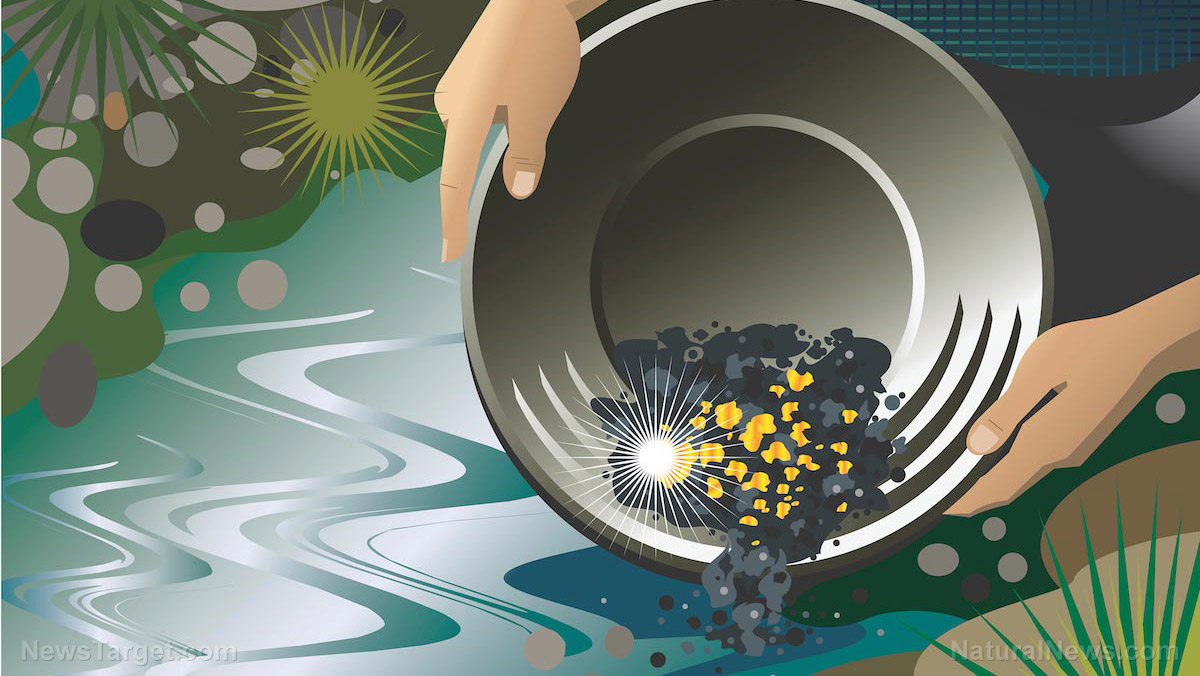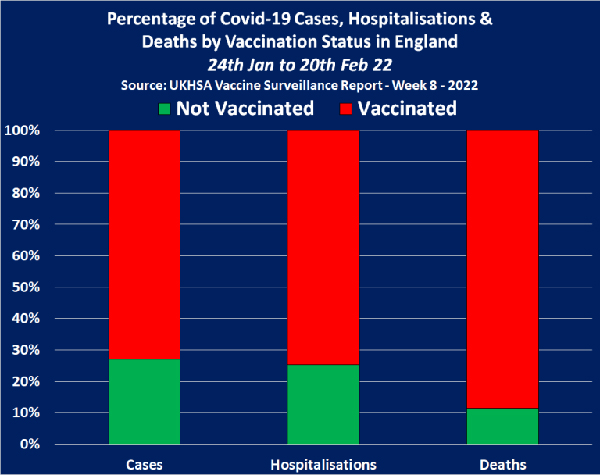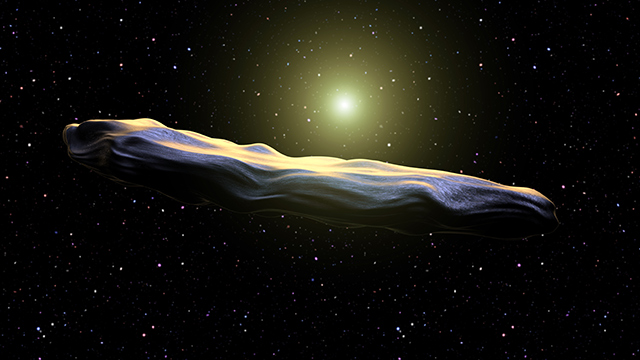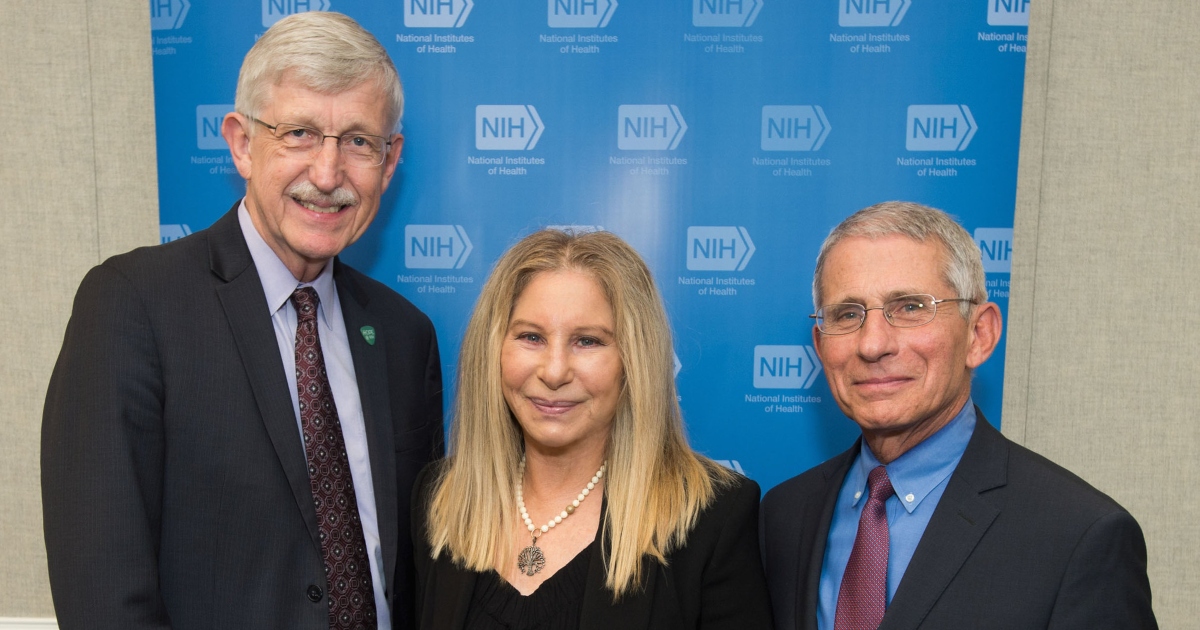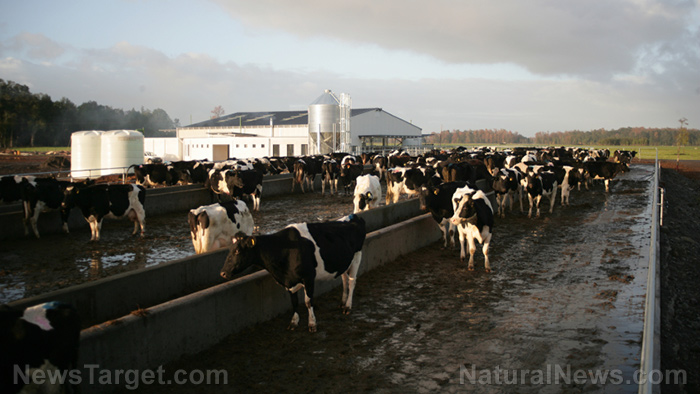
Asteroids possibly spreading these building blocks of life
Naraoka and a huge international team removed the molecules from just 30 micrograms of a sample using a variety of solvents and examined the organic matter. They discovered thousands of combinations comprising carbon, hydrogen, nitrogen, oxygen, and/or sulfur, as well as the 15 amino acids. Other compounds contained amines, which are nitrogen-containing, and carboxylic acids, which have a definite structure including carbon, oxygen and hydrogen. This also means that asteroids could possibly spread the building blocks of life throughout the solar system. A second study also published in Science posited that the organic materials on Ryugu may even predate the formation of the solar system itself. In other words, many of the ingredients for life may be baked into the Solar System from the very start. According to the National Aeronautics and Space Administration, Ryugu is a carbonaceous asteroid – a kind that comprises 75 percent of the asteroids discovered in the Solar System. Carbonaceous asteroids are basically the scraps left behind when the Solar System was created, making them an interesting window into the molecules present some 4.5 billion years ago. As part of a cooperation with Japan's space agency, NASA received about 10 percent of the Hayabusa2 sample for testing, with supplementary research ongoing in Europe as well. Study co-author Jason Dworkin, an astrobiologist at NASA's Goddard Space Flight Center, announced in the statement that the compounds found were commonly consistent with what has been seen in carbonaceous meteorites that have been exposed to water in space and found on Earth. Nevertheless, the researchers did not detect sugars or nucleobases, key components of DNA and RNA. "It is possible these compounds are present in asteroid Ryugu but are below our analytical detection limits given the relatively small sample mass available for study," study co-author Daniel Glavin, also an astrobiologist at NASA Goddard, said in the statement. Follow Cosmic.news for more news about asteroids. Watch this video about the NASA OSIRIS-Rex Spacecraft's departure from the Bennu asteroid after collecting samples. This video is from the alltheworldsastage channel on Brighteon.com.More related stories:
NASA details complex mission to collect rock samples from asteroid Bennu. NASA’s OSIRIS-REX mission will examine samples from an asteroid, seeking clues to the origin of life. Study suggests "space dust" from a giant asteroid caused the Ice Age 466 million years ago. Winchombe meteorite that crashed on driveway found to contain the building blocks of life. Space hazards: 8 Huge asteroids made closest approach to Earth in the first 14 days of 2023. Sources include: LiveScience.com Yahoo.com Brighteon.comScientists develop way to extract metals from mining waste using engineered microorganisms
By Ethan Huff // Share
By Lance D Johnson // Share
Harvard physicist wants to prove METEORITE that fell near Papua New Guinea is an ALIEN PROBE
By Kevin Hughes // Share
Getting the flu vaccine with Pfizer’s COVID-19 booster increases STROKE RISK
By Zoey Sky // Share
More evidence points to Fauci-backed covid science fraud
By Ethan Huff // Share
Fashion company creating clothing line that shields people from AI facial recognition technology
By Arsenio Toledo // Share
U.S. brands Colombia's dominant drug cartel a foreign terrorist organization
By bellecarter // Share
Trump extends travel BAN to Palestinians and five other countries
By ramontomeydw // Share
U.K. military chief warns of potential war with Russia, calls for national preparedness
By bellecarter // Share
